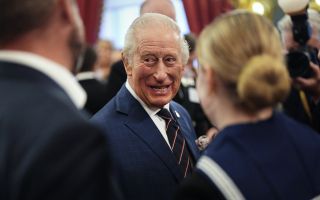
Nuremberg Trials: What Happened When Nazis Faced Justice?

On 1 October 1946, 12 death sentences were passed down by the judges of the International Military Tribunal at Nuremberg on some of the most high-ranking and influential members of Nazi Germany.
Ten of those men would be hung 16 days later. One was sentenced in absentia. Another, Hermann Goring, opted to commit suicide hours before his scheduled execution.
Their trial, which had begun 11 months earlier in November 1945, is considered one of the most significant judicial events in modern times.
- The Men Who Saved Art: The Story Behind The Monuments Men
- Doorstep History: The German Soldiers Buried In Warwickshire
- Sunk, Captured, Tortured And Starved: Surviving Life As A Japanese POW
Yet, it might never have happened. From as early as 1943, the leaders of the Allied Superpowers - Churchill, Stalin and Roosevelt - argued over how precisely justice ought to be handed out to Europe's greatest ever tyrants. Some of their early ideas were quite different from the trial process that eventually came to pass.
Churchill even advocated for the summary executions of senior Nazis upon capture.
While the Second World War continued in the Far East, some of the most astute legal minds in the West prepared for, as Sir Norman Birkett called it, "the greatest trial in history."
Here, to mark the 75th anniversary of the salient International Military Tribunal at Nuremberg, we look at how the event sits within the broader history of World War Two and explore how its legacy remains a cornerstone of UN convention today.
This is all the gen on the Nuremberg Trials.
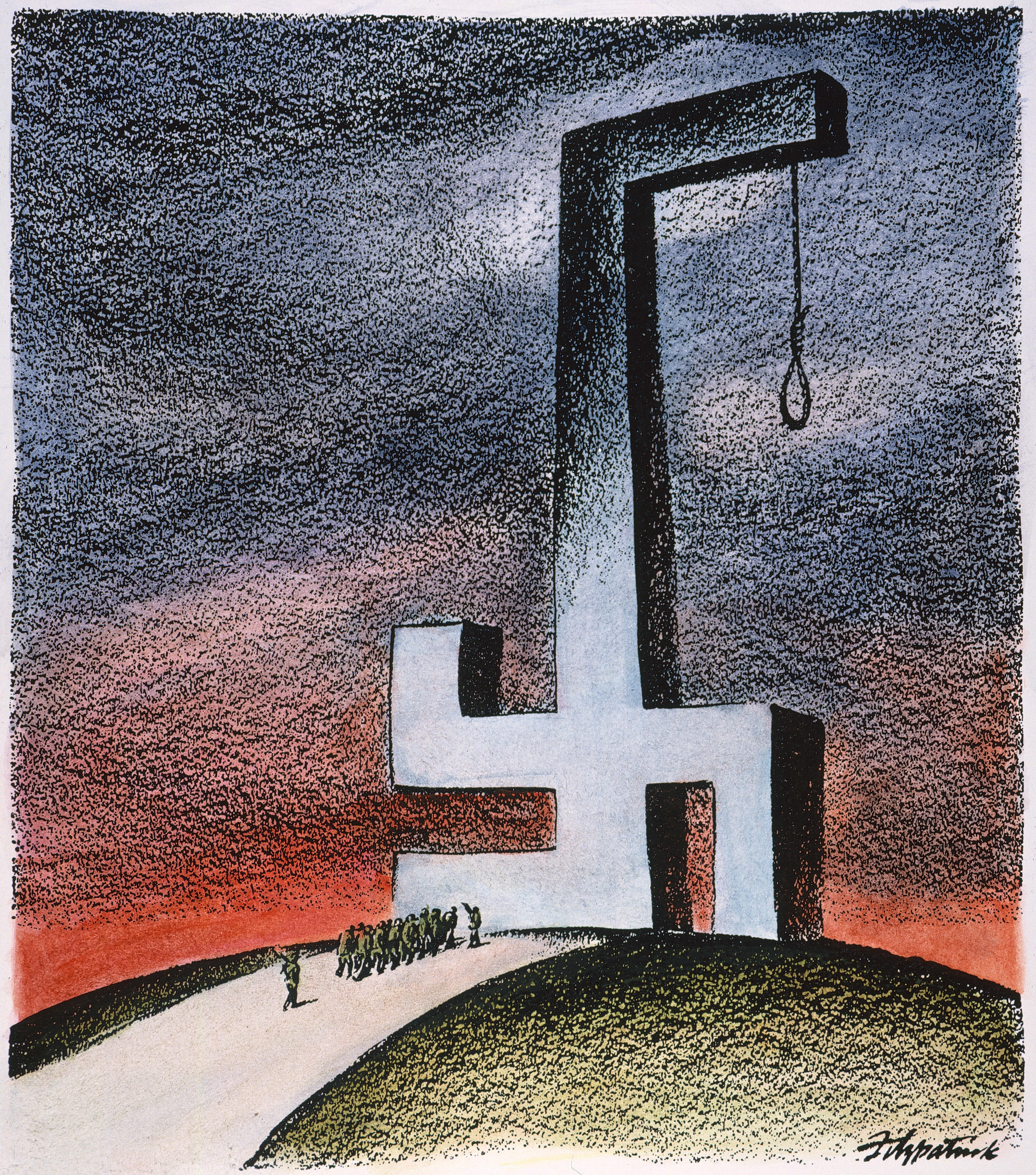
What Were The Nuremberg Trials?
In the immediate aftermath of World War Two, the victorious Allied forces began a series of trials to bring to justice the architects and administrators of the horrific crimes against humanity committed by Nazi Germany.
Those placed on trial included prominent Nazis across politics, the judiciary, military, and economic departments of the defeated regime. In the first and most significant trial, held under the new International Military Tribunal, infamous personalities including Admiral Karl Donitz, Hans Frank and Hermann Goring faced indictments for war crimes and crimes against humanity, with many high-ranking officials convicted on multiple charges and sentenced to death.
The International Military Tribunal is generally what historians refer to when discussing the Nuremberg Trials. It began on 20 November 1945 and concluded on 1 October 1946. It featured 24 defendants. Ten would be hanged within sixteen days of its conclusion.
After the International Military Tribunal concluded in October 1946, the Allies continued to try other officials for lesser war crimes, including the Nuremberg Military Tribunal, the Doctors Trial and Judges Trial.
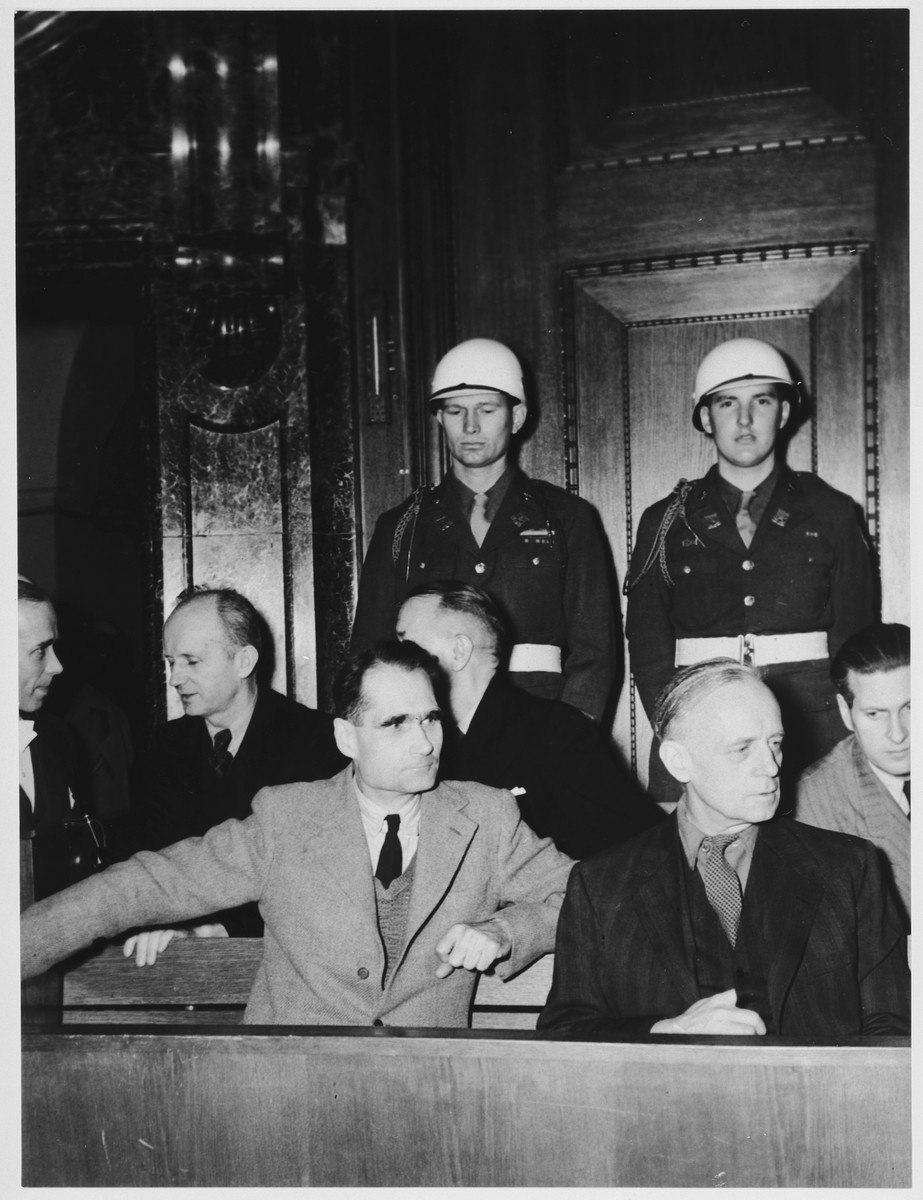
Alternative Justice: Churchill Preferred Summary Executions
The conundrum over dealing with crimes committed by the Nazis had been an issue the three superpowers of Britain, the United States and the Soviet Union had pondered for some years in the build-up to the eventual Nuremberg Trials. France joined them at the end of the war, so the eight judges presiding over the International Military Tribunal for the first and most significant trial included two from each of the four nations. One of each was appointed to the bench; the other was in place as an alternative.
Before settling on the judiciary process that came to pass at Nuremberg, other ideas, some extreme in nature, were hypothesised and debated among the leaders of the Allied powers.
In documents declassified and released in 2006, British Prime Minister Winston Churchill's initial position advocated for the summary execution of Nazi leaders upon capture by Allied forces. Remarkably, given how history played out in the decades that followed, he was primarily talked down from this position by Soviet leader Joseph Stalin.
Another plan was drafted by US Secretary for the Treasury Henry Morgenthau, known as the Morgenthau Plan, which focused on denazification. His system, initially supported by US President Franklin D. Roosevelt, alongside German deindustrialisation, also called for the summary executions of significant criminals, known as "arch-criminals." The proposal proved unpopular when its contents were leaked via the press. Roosevelt changed his mind, and the Morgenthau Plan was dropped.
The situation evolved when a further US politician stepped forward, Secretary of State for War Henry Stimson. His idea was called The Trial of European War Criminals. It was solely focused on a judicial process of bringing these criminals before a court.
The Establishing Of The Court
A legal basis for the Nuremberg court was established in the London Charter on 8 August 1945, the day before the US dropped an Atomic Bomb on the Japanese city of Nagasaki.
The London Charter, formally called The Charter of the International Military Tribunal – Annex to the Agreement for the prosecution and punishment of the major war criminals of the European Axis, was a decree issued by the European Advisory Commission, a body established by the US, Britain, and Russia in 1943. The charter served as a model for the future Tokyo Charter, which brought those responsible for War Crimes to justice in Japan.
The court's jurisdiction was defined in the Instrument of Surrender of Germany, which handed political authority, and crucially, sovereign power, to the Allied Control Council. This paved the way for the council to punish violations of international law and laws of war.
WATCH: A newsreel feature from 1946 on the verdicts handed down at the International Military Tribunal at Nuremberg. (Public Domain).
Why Did The Trials Occur In Nuremberg?
There was much tussling between the four powers over a range of matters concerning the trials.
One of the major discussion points was the location of the International Military Tribunal and its trials. Stalin called for it to be in Berlin. Other areas mooted by world leaders included Leipzig and Luxemburg.
However, Nuremberg was selected for two reasons. Its Palace of Justice was big enough to house everybody required for the trials. Two, Nuremberg was considered the ceremonial birthplace of the Nazi Party. To bring those high-ranking officials to justice in the same city that hosted the party's propaganda rallies was seen as a symbolic statement of intent.
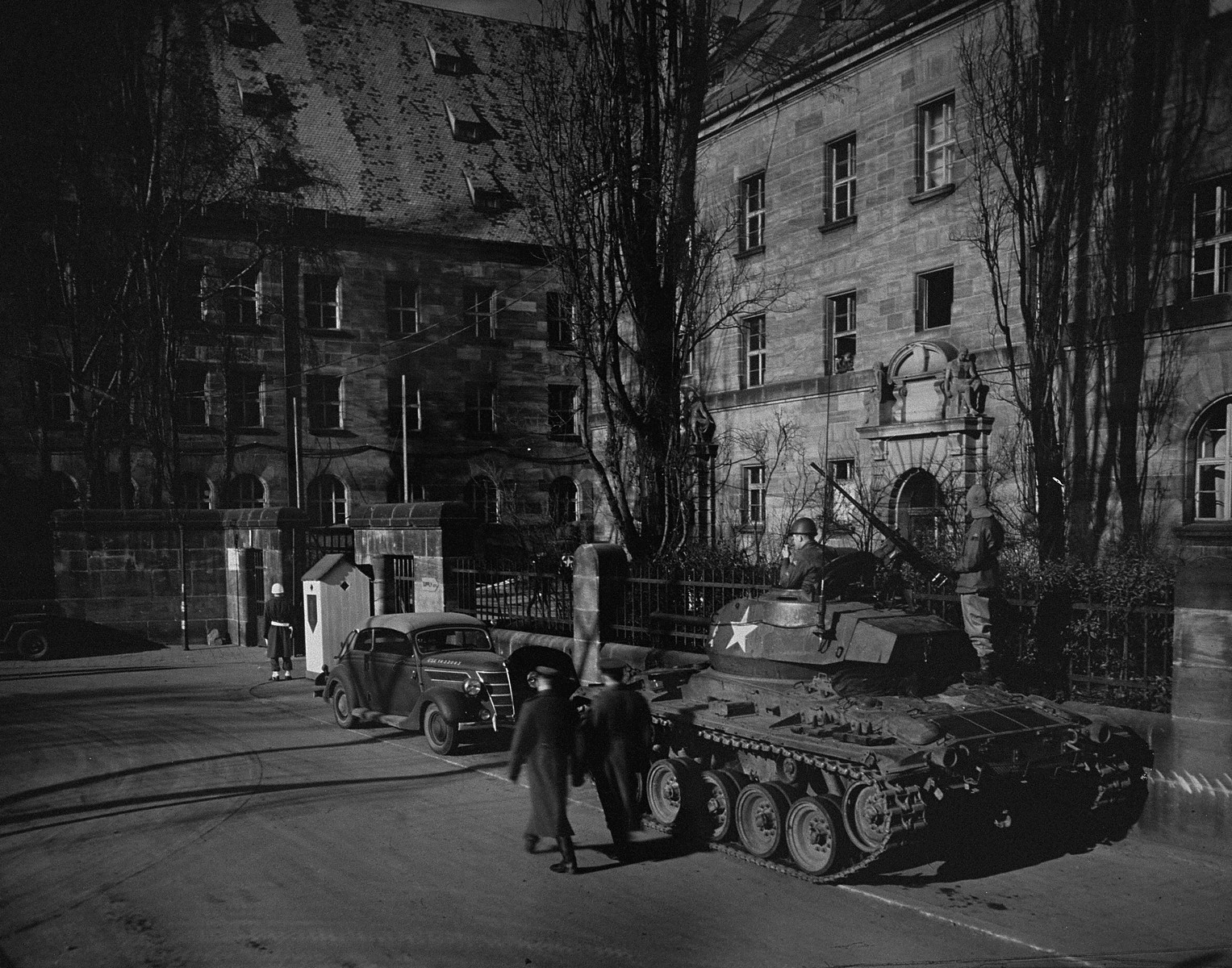
Who Went On Trial?
For the first and most crucial trial at Nuremberg, 24 senior figures from the upper echelons of Nazi Germany stood accused of a range of indictments.
They included the Holocaust's most notorious architects, including Wilhelm Frick, the Reich Law Leader and Governor-General of occupied-Poland; Ernst Kaltenbrunner, who held overall control of the Nazi death squads; and Albert Speer, the Minister of Armaments who had used Jews as slave labour in the production of munitions.
Prosecutors presented four indictments. Those on trial were accused of either single items or all of them in some cases.
- Indictment One: Participation in a common plan or conspiracy for the accomplishment of a crime against peace.
- Indictment Two: Planning, initiating and waging wars of aggression and other crimes against peace.
- Indictment Three: Participating in war crimes.
- Indictment Four: Crimes against humanity.
For the first time in International Law, the indictments featured 'genocide', a word coined in 1944 by Raphael Lemkin. It literally meant the act of killing a race or a people.

What Were The Verdicts?
Of the 24 men on trial under the International Military Tribunal, 18 were convicted of the more sickening indictments of war crimes and crimes against humanity. Three were acquitted of all charges, and decisions could not be reached for two for the defendants.
Sentences passed down by the court ranged from 10 years (Karl Donitz) to life imprisonment (Walter Funk, Rudolf Hess, Erich Raeder). For others, the council of judges issued death penalties.
Twelve of the defendants were ordered to be hanged, one of whom was sentenced in absentia (Martin Bormann - who was, in fact, already dead it would later transpire).
The Executions
All hangings were carried out on 16 October 1946, 16 days after the judges passed the sentences.
Some of those condemned expressed remorse. Others did not. One of the men, Julius Streicher, cried out "Heil Hitler!" and "The Bolsheviks will hang you one day!" on the platform before the trap door opened. For him, death was an unduly drawn-out affair due to an error in the process. Streicher, it was reported, "went down kicking," which likely dislodged the hangman's knot out of position.
Arguably some of the most significant moments of 20th-century justice, responsible for all the hangings that day was 35-year-old Master Sergeant John C. Woods.
The US Army soldier would later say:
"I hanged those ten Nazis … and I am proud of it."
Woods would accidentally kill himself four years later by electrocution while attempting to fix some electrical lighting. He was 39 years of age.
The bodies of the hanged prisoners were incinerated, and the remaining ashes were scattered into the River Isar.
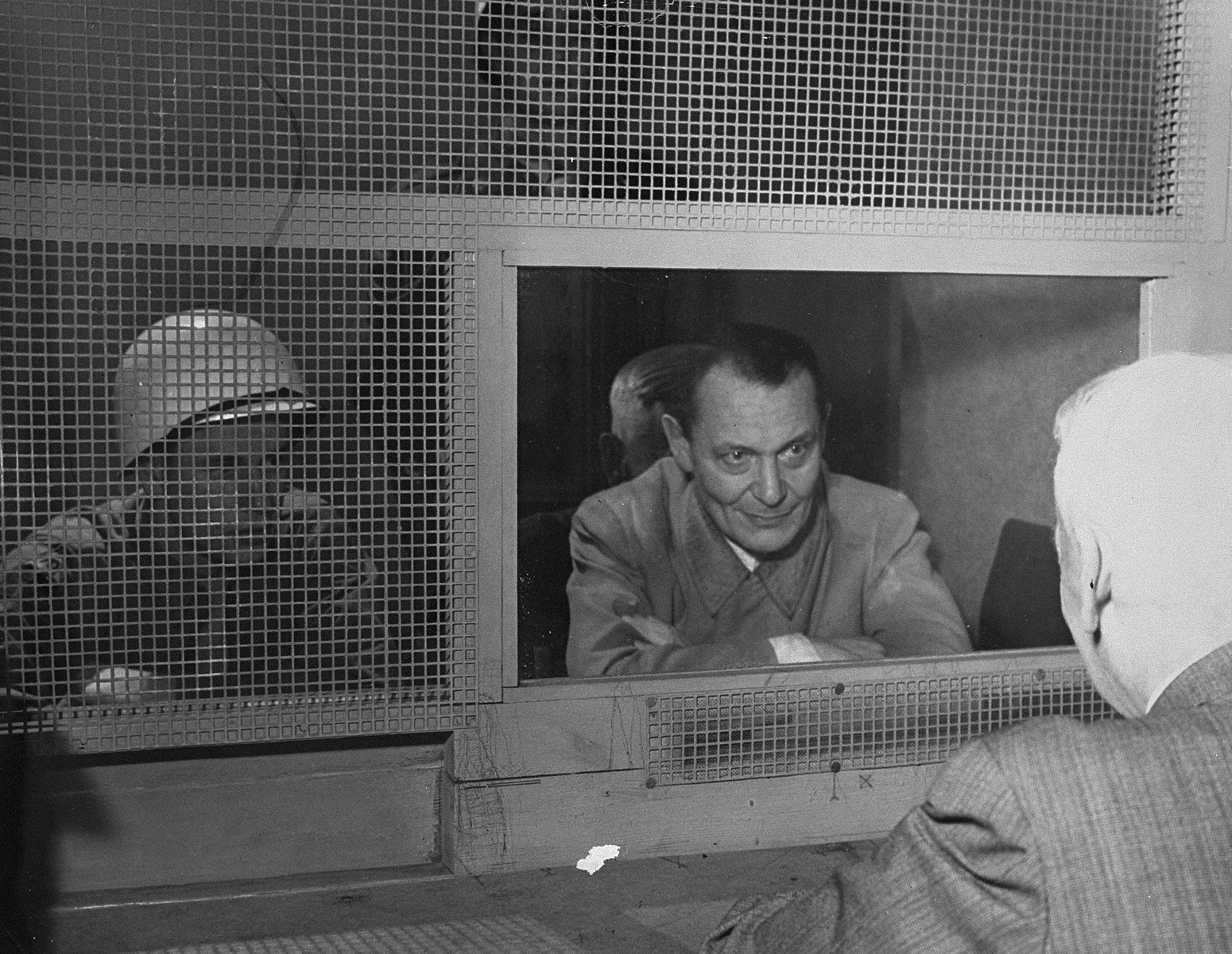
How Did Hermann Goring Die?
Hermann Goring, who, next to Hitler, was one of the most influential figures in the Nazi Party, committed suicide hours before his execution. He had swallowed a cyanide capsule. It was later claimed sympathetic guards smuggled the substance into the prison. Other theories have included ideas that he bribed an American soldier with a gold watch.
Who Was Admiral Karl Donitz?
The shortest sentence passed down went to Karl Donitz, the German admiral responsible for the Kriegsmarine and the short-term head of state following Hitler's death in May 1945.
Donitz had been convicted on two indictments: planning, initiating and waging wars of aggression and other crimes against peace and participating in war crimes. He served his sentence in Berlin and was released precisely ten years from his conviction in Nuremberg.
During the war, he had been the German commander ultimately responsible for the U-Boat campaign that had brought so much misery to Royal Navy crews. It is known, thanks to records, that he was always a dedicated Nazi and antisemite. However, this is something he continuously tried to downplay for the rest of his life.
Astonishingly, when his ten-year sentence was passed down, military officials on all sides of the war felt the judges had been unduly harsh. While in prison, it is claimed that more than 100 British and American officers wrote to Donitz to express their support.
In 1973, he appeared on the British-produced television documentary series, The World At War. He died aged 89 in 1980.
Rudolf Hess: Life Imprisonment And Lonely Suicide
Hess was Hitler's Deputy Fuhrer before flying to Scotland, without authorisation, in 1941 to negotiate a peace deal with the UK. While in the country, the British imprisoned him. He eventually found himself answering to crimes at the International Military Tribunal in November 1945.
This senior Nazi was convicted of indictments one and two ('participation in a common plan or conspiracy for the accomplishment of a crime against peace' and 'planning, initiating and waging wars of aggression and other crimes against peace') and handed a life sentence for his part in the war.
Hess, alongside others in the trial who were given prison sentences, was sent to Spandau Prison in Berlin. Eventually, he remained the last and single prisoner at the penitentiary after his Nazi-co-inmates were either released after completing their sentences or on the grounds of poor health.
From 1966 until his suicide in 1987, the 600-cell prison counted just one inmate – Rudolf Hess. His ongoing incarceration at the facility drew protests, notably from Neo-Nazi organisations and from unlikely characters such as the British Foreign Secretary, Lord Carrington. All attempts of bringing about a potential release were blocked by the Soviet Union, who sited Hess had never "shown even a shadow of repentance."
What Was The Nuremberg Trials' Legacy?
One of the significant outcomes of the trials was the definition of what constitutes a war crime. This is described by the Nuremberg Principles.
Those principles came about because of the post-war trials. They were taken up by the International Law Commission of the United Nations. They remain a crucial cornerstone of international law to this day.
Most importantly, the International Military Tribunal allowed for detailed evidence of terrible atrocities and the horrific ideology of the Nazi Party to be heard in public for the first time. It brought an end to one of history's darkest chapters. It offered victims and survivors an opportunity to look war criminals in the eye and begin the long journey to recovery.
For many, that would never be achieved.





